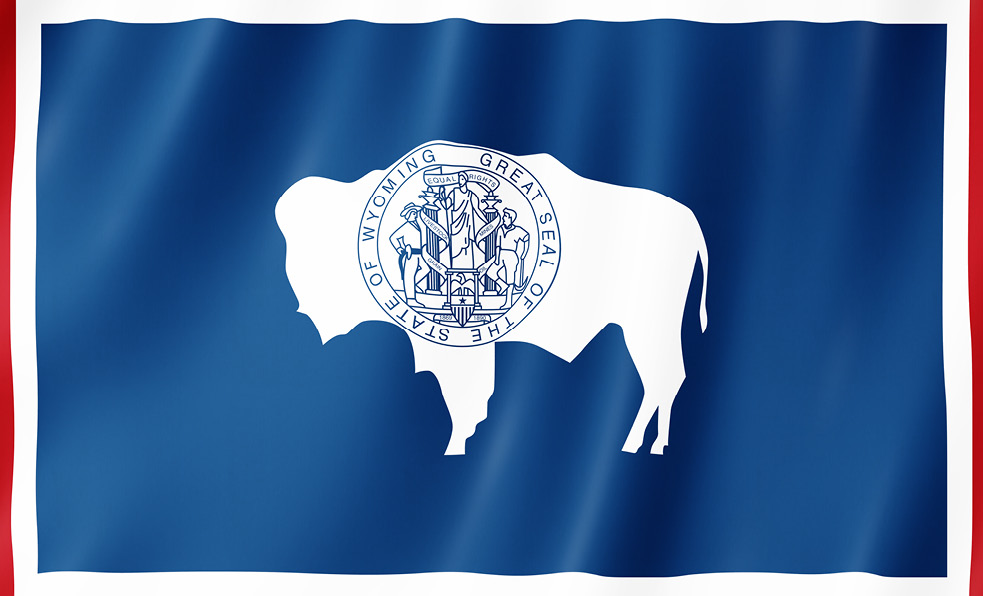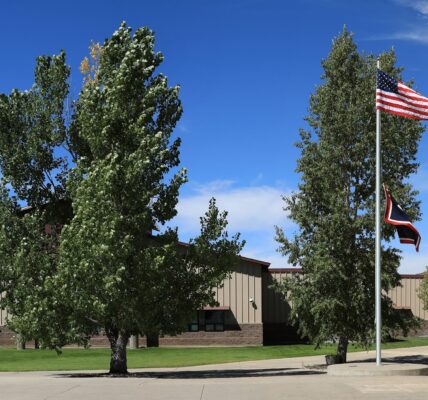By Carrie Haderlie
Wyoming Tribune Eagle
Via- Wyoming News Exchange
CHEYENNE — The Wyoming House of Representatives once again opted to stick with its 62 representatives, 31 senators plan for redistricting the Legislature, as House Bill 100 passed on second reading Thursday.
Rep. Clark Stith, R-Rock Springs, made a motion that the Legislature move forward with a plan put forth by Sen. Charles Scott, R-Casper, that retains the current 60 representatives and 30 senators. Scott, who is the longest serving member of the Legislature, is on the Joint Corporations, Elections and Political Subdivisions Committee, which was tasked with redistricting. He said in committee that he would sponsor his bill only as a “backup,” assuming the 62-31 plan did not pass the full Legislature.
“Even if you don’t like the particular plan … a bad 60-30 plan is better than the best 62-31 plan,” Stith said in front of his colleagues in the House.
Stith said the state has gone through significant cuts in recent years due to budget constraints. The answer to redistricting following the 2020 Census is not to grow government, he continued.
“We have made essentially permanent cuts to the base employee level of our state government,” he said. “For us to do that, make those painful cuts for our state employees, who actually provide the services to our constituents, to say, ‘Well, 90 legislators is not enough, we have to have 93,’ doesn’t make any sense.”
When trying to explain to the average voter why the Legislature should be larger, he said there just isn’t an easy explanation.
“I have not had any constituent come up to me and say, ‘The problem we really need to solve is that we don’t have enough politicians,’” Stith said.
Rep. Albert Sommers, R-Pinedale, reiterated his belief that a larger legislative body would better represent Wyoming’s changing demographics, which has been a topic of discussion for months as rural areas lose population and urban areas grow. Rep. John Bear, R-Gillette, said he has estimated the expense to add two representatives to the House would be around $150,000-$200,000 a year.
“Doing the math, each of us would have approximately 300 fewer people to represent,” Bear said. “That means that those 9,300 people that you do represent are closer to each of you. That is good governance.”
Rep. Tim Hallinan, R-Gillette, pointed out that in New Hampshire, the state House of Representatives has 400 members.
“I don’t think it is unreasonable to go to (62) representatives in Wyoming,” Hallinan said.
Stith’s amendment to change to the 60-30 plan failed on a voice vote.
Rep. Jared Olsen, R-Cheyenne, proposed an amendment to the 62-31 plan that would change lines drawn primarily inside the city of Cheyenne.
On Wednesday, when the House made amendments to the plan that representatives said would better serve Goshen, Crook, Weston and Niobrara counties, that left Cheyenne lines “not as straight as they could be,” Olsen said. His amendment would move two neighborhoods in two districts to restore an area that was split along a major thoroughfare called Nationway.
“Right above that area is Lincolnway, so it’s a nice, clean, straight line,” Olsen said.
On the west side of Cheyenne, a line would be drawn along Pershing Boulevard, creating another district following an arterial road.
Rep. Dan Zwonitzer, R-Cheyenne, said that two of the four changes put forth in the amendment were brought by the Laramie County Clerk’s office.
Rep. Bill Henderson, R-Cheyenne, pointed out during discussion that in the 2020 Census, the state saw a net increase of 32,000 people.
“I mentioned yesterday the importance of diversity and our ethnic backgrounds,” Henderson said. “The ethnic background that grew the most in our state was the Hispanic one.”
Rep. Shelly Duncan, R-Lingle, said the committee considered where communities of interest lived, and tried to keep them together, even when drawing lines in Cheyenne.






